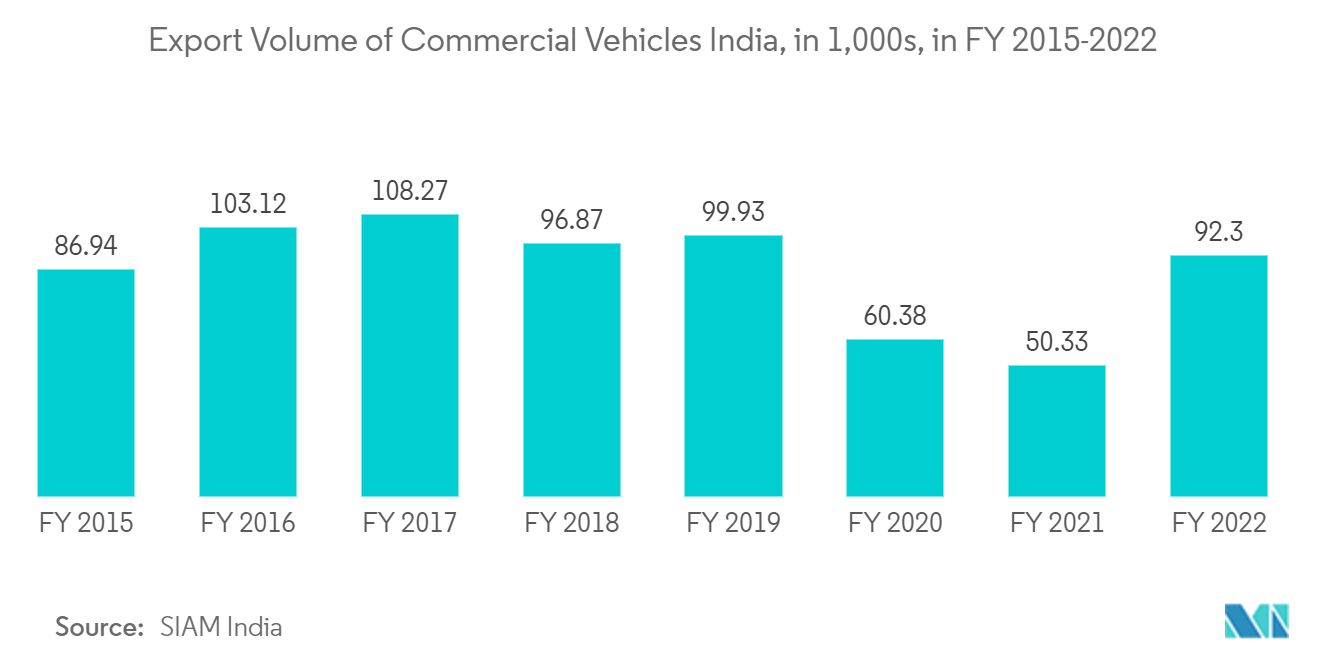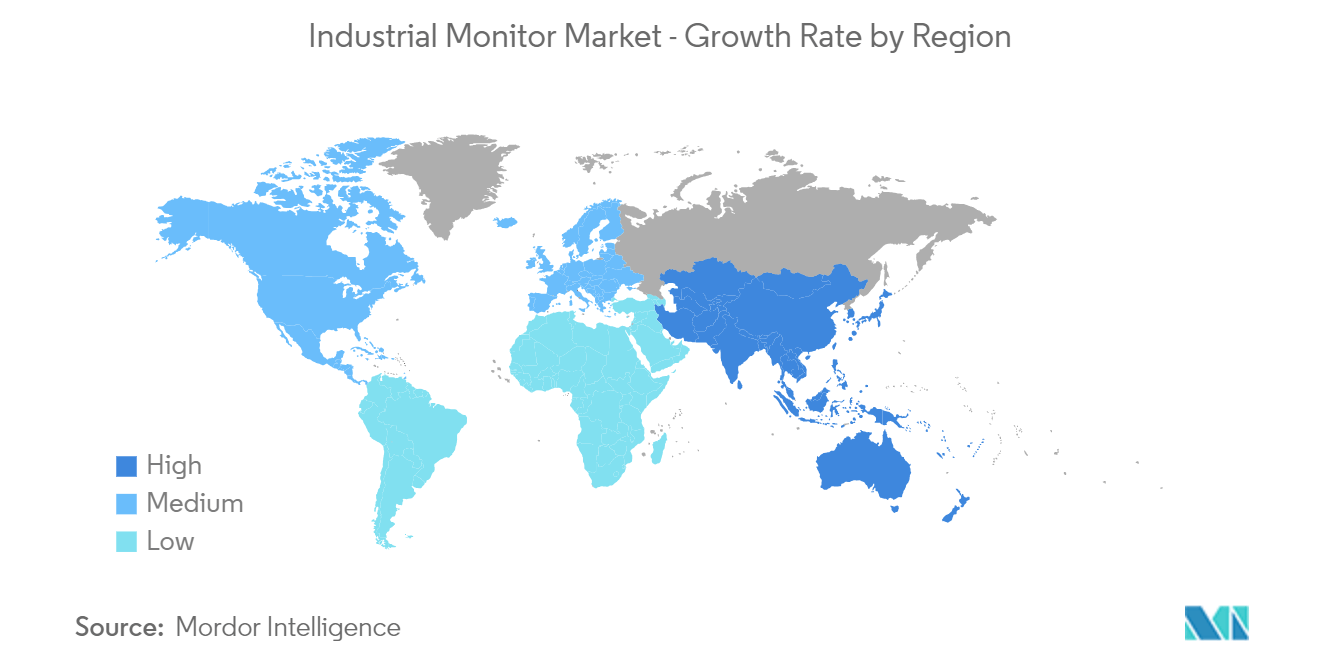Market Trends of Industrial Monitor Industry
LCD to Hold Significant Share
- The ability of liquid crystals to regulate light is used in liquid crystal displays, which are flat panel displays. Liquid crystal displays employ a backlight or reflector rather than producing light directly to produce images in color or monochrome. LCDs fall into two main categories: those used in computers and those used in electronic gadgets like digital clocks and video players.
- Industrial technology must be highly effective when used for industrial applications. The need for LCD equipment technology that can function in various settings and circumstances grows. Displays are frequently required for communication, safety, and the performance of industrial tasks. However, many monitors cannot be used in harsh industrial environments, which increases the demand for LCD technology. Rugged, "industrial" grade monitors followed the widespread adoption of LCD screens.
- LCD is a frequently utilized technology in car display applications and satisfies all temperature and durability requirements. Manufacturers use a combination of LCD and TFT in display applications, depending on the purpose of the vehicle display application and the temperature range. LCD digital instrument clusters and center stacks are standard features in commercial vehicles. Thus, increasing the demand for the LCD segment.
- Moreover, Due to LCD technology, these meet quality criteria that are much higher than what a regular screen would ever need to withstand. It's interesting to note that industrial-grade LCDs have a longer backlight half-life than standard displays and that, with proper care, they can last up to 100,000 hours longer than traditional LCDs.
- Additionally, the most popular and versatile electronic flat-screen technology currently in use is an industrial LCD monitor, which is typically used in conjunction with an industrial computer but can also be utilized to display video images from virtually any video source that is currently available. The earlier cathode ray tube (CRT) technology, used for industrial monitors for many years, has almost entirely been superseded by LCD technology.
- These LCD technologies are already present in high-end panels, and it is anticipated that they will get better and more affordable. They include higher resolution with larger screens, higher refresh rates with frame rate synchronization for fluid playback, high dynamic range lighting, and color gamut combined with per-pixel backlighting for precise viewing in bright sunlight and zero burn-in. The market is expanding because a realistic substitute for LCD panels has yet to exist.
- The quality of rugged, industrial LCD screens differs from those often utilized in retail or household settings. Industrial-grade displays beat regular LCDs in terms of quality, and due to thin-film transistor technology, real industrial LCD monitors are now more durable and provide superior picture quality. These tough displays are resilient to industrial work settings and can survive harsh temperatures, dust, and debris.

North America Significantly Drives the Industrial Monitor Market
- The North American area includes developed countries like the United States and Canada and growing economies. The area has been a center for the manufacture of automobiles in recent years. The increase in purchasing power has sparked the region's demand for cars. The expansion of the automotive industry in the area is also attributed to the steady rise in demand for semi-autonomous vehicles in North America's developing economies. The automotive smart display market in North America is anticipated to be driven by declining display costs and an increase in luxury automobiles.
- Geographically speaking, North America currently dominates the world market for industrial monitors. Over the projected period, the regional market is anticipated to hold onto its top position while also experiencing a sharp increase in demand for HMIs, remote monitoring solutions, interactive display modules, and other IoT-based technologies in the area's industrial sector.
- The market for industrial monitors is experiencing growth due to the increasing demand in the area for digital signage applications in businesses for presenting essential information. The industrial monitor market is expanding due to the introduction of several technological advancements and automated industrial processes.
- General Electric, Sparton Inc., Allen-Bradley, Hope Industrial System Inc., etc., are a few of the top companies active in the sector. Additionally, the area is home to several major auto manufacturers and has one of the largest automobile marketplaces in the world. One of the largest revenue producers in the region's manufacturing sector has been the automotive industry. The area presents a significant opportunity for market expansion as the automotive industry is primarily responsible for adopting industrial monitors.
- According to estimates, the U.S. has the most significant industrial display market in the entire of North America, which drives considerable demand for remote monitoring, HMI, and interactive display applications. The manufacturing and power-generating sectors are primarily responsible for driving the need for industrial displays in the area. Furthermore, industrial display capabilities in this area may be accelerated by the increased prevalence of industrial automation, rising spending on IIoT applications, and multifeatured HMI devices.


